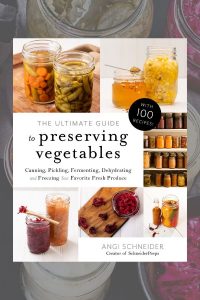
Do you ever peruse Pinterest and see an article that says…”15 vegetables to plant in July for an abundant fall and winter harvest”, so you go out in the heat and plant the recommended vegetables only to have them burn up in your long summer’s heat?
Yeah, me too.
When I started gardening about 20 years ago I didn’t really understand how our climate affected what and when we can grow. Sure, I knew that if it was hot I needed to water more, but I didn’t understand that living in an area with 130 heat days a year meant I shouldn’t plant new seedlings in July. I should just wait a few months.
Over the years I’ve learned quite a lot how to use metrics such as gardening zones, chill hours, frost dates, rainfall and humidity, day length, and light and air flow to have a more productive garden with a lot less work and frustration.
I want to teach you how to do the same.

In {Gardening Simplified} Understanding Your Climate you will learn….
- What “gardening zone” you’re in and what that actually means.
- How many heat days does your garden get – and what is a heat day anyway?
- What are frost dates and how to use them effectively?
- What are chill hours and do you have enough for what you want to grow?
- How long (or short) are your days and why that matters?
- How rainfall and humidity affect your garden – and it’s not always good.
- How light and airflow affect the plants and what you can do about it.
Here’s the deal, gardening should be simple and honestly it is. A seed wants to sprout and produce goodness for your family to enjoy…that’s it’s purpose! You just need to give it the right conditions.
Understanding your climate will help you work with your climate, instead of against it, to give those seeds the right conditions to grow. Understanding your climate will also save you time, money, and frustration because you will be planting based on your climate and not just one metric of your climate.




